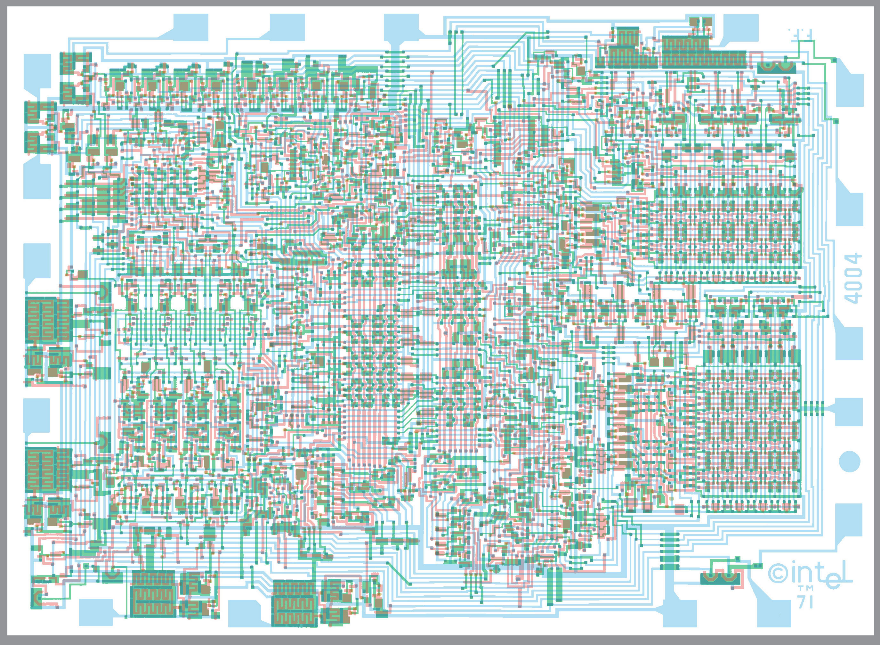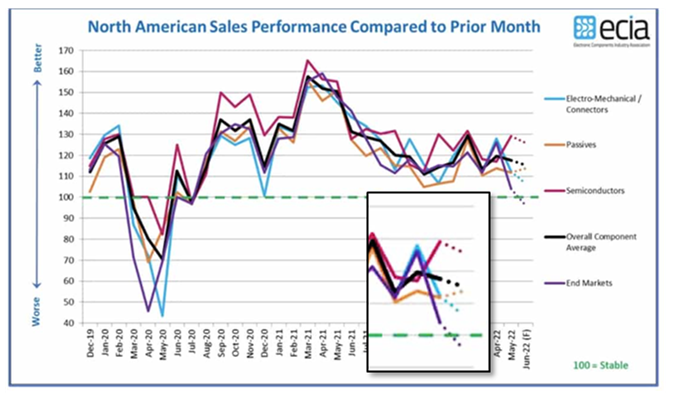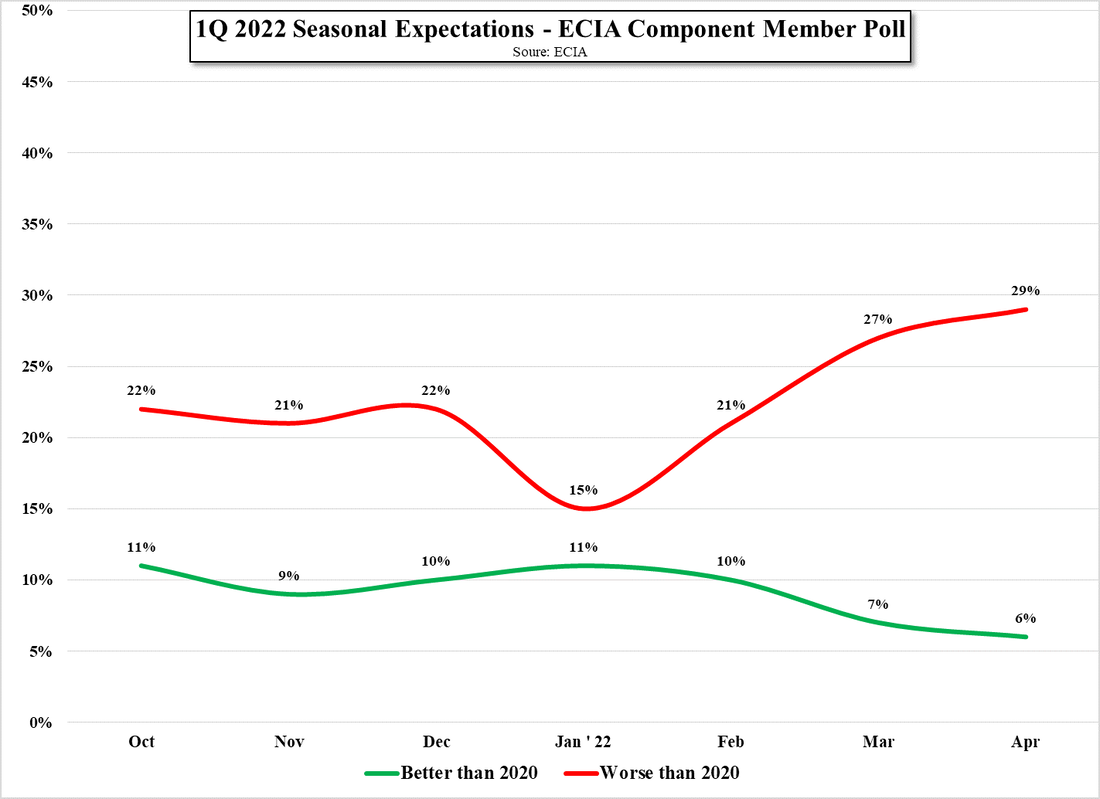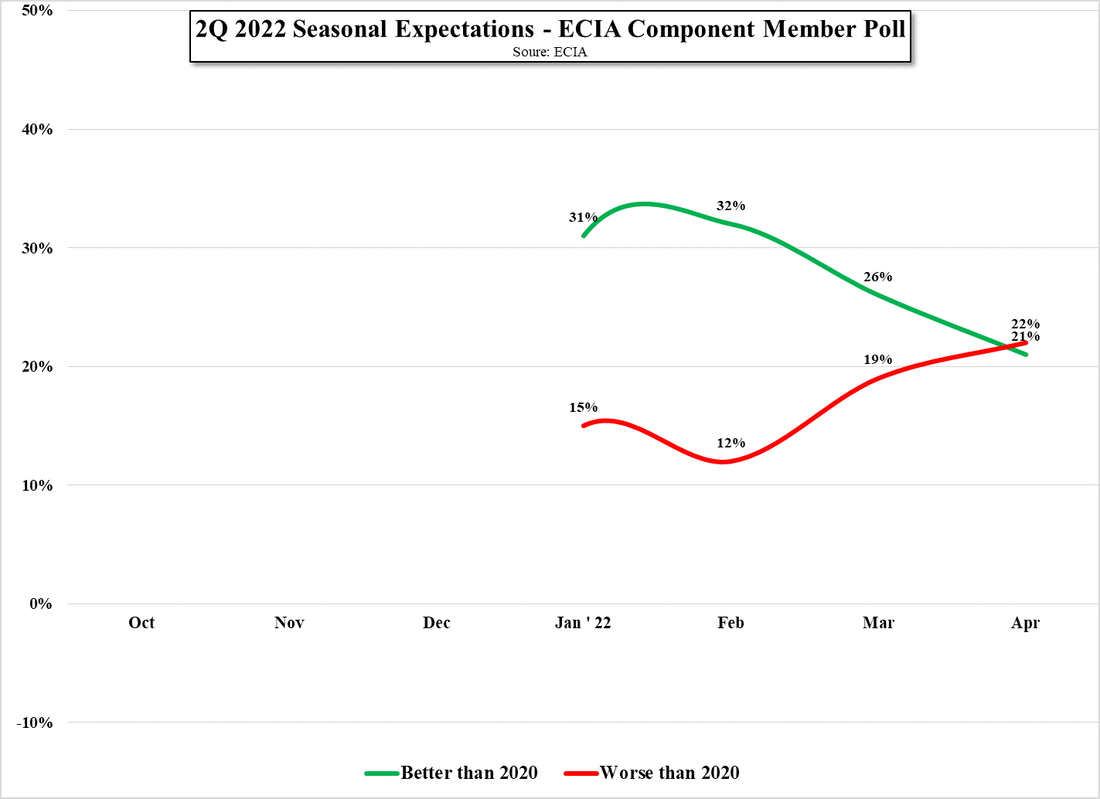Weird Patent Math
Simply put, Nokia is asking for a license fee of 3€ ($3.16 currenty) per device, a not unreasonable amount, but we see that some in China are calling this fee excessive based on the fact that China is ranked first globally in patent applications in the digital communications technology field, and Nokia’s share of 5G patents is only 7.6%. By using 5G IP share to calculate the supposed ‘real’ cost of the fee based on an average smartphone price of ~$261, the cost of paying the 3€ fee for each Chinese phone produced would amount to 17% of the price of a typical Chinese Android phone, and that does not include 4G and 3G license fees. The theoetical calculations go further in that they note that Huawei’s (pvt) profit (formerly China’s largest brand) on a smartphone is between $6 and $19 (US), which the propose would mean that all profits and more would be taken up by the proposed Nokia 5G license fee.
We are a bit confused by this math, which puts the number of patents issued over the intrinsic value of each patent and goes further in that it suggests that China’s ‘domination’ of the telecom IP world and Nokia’s lack of filings should influence the rate that Nokia charges for its 5G IP license and faults Nokia for filing infringement suits in multiple countries using different judicial systems that could view SEP liotigation differently and allow what China calls ‘patent hijacking’. Our question is if China is the leader in 5G development why have they not been able to find a way to avoid the necessity for licensing what they call weaker 5G IP? In reality it is an odd position for China, known to be rather lax on acknowledging foreign IP in locally made products, and one where it will be hard to make such math work. Nokia has every right to sue if they are not being compensated for IP being used in Chinese phones and Chinese smartphone engineers have every right to find alternative ways to bypass Nokia’s IP if they find the fes onerous, but basing a defense on such math is going to be a difficult one to justify in courts around the world.


















 RSS Feed
RSS Feed